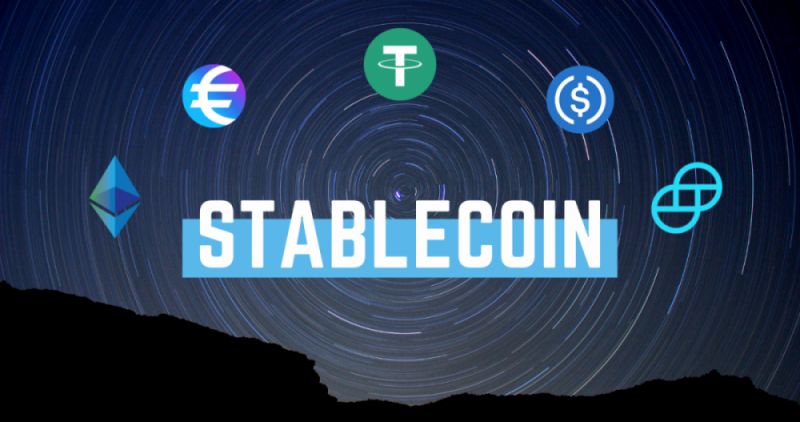Stablecoin Risks Rise in Emerging Markets, FSB Warns
26.07.2024 21:00 1 min. read Alexander Stefanov
A recent Financial Stability Board (FSB) report warns of significant risks linked to the increasing use of global stablecoins (GSCs) in emerging markets and developing economies (EMDEs).
According to the report released on July 23, the rise in stablecoin adoption, particularly those pegged to foreign currencies, poses potential threats to financial stability in these regions.
The surge in stablecoin use is fueled by limited banking access and local currency volatility. However, regulators are concerned that these digital assets might destabilize financial systems and amplify economic challenges. The report highlights that recent stablecoin failures underscore their vulnerability if not properly managed.
Key risks identified include threats to financial integrity, potential for illicit finance, and cybersecurity issues. To mitigate these risks, the FSB recommends developing strong regulatory frameworks and improving international cooperation.
Currently, major stablecoins like Tether (USDT) and USD Coin (USDC) are pegged to the US dollar, while new stablecoin projects are emerging, such as Paxos’s gold-backed stablecoin in Singapore and plans for a Hong Kong dollar-linked stablecoin.
Recent EU regulations have also led to the delisting of some stablecoins by crypto exchanges, raising speculation about a potential shift towards euro-backed stablecoins in the future.
-
1
Nvidia Surges as Barclays Sees $200 Target on Blackwell Momentum
18.06.2025 11:00 1 min. read -
2
Gold Glides Toward New Peaks as Middle-East Strife Lifts Safe-Haven Demand
15.06.2025 10:00 2 min. read -
3
a16z Backs EigenCloud Launch With Fresh $70M Token Buy
18.06.2025 14:00 1 min. read -
4
Bybit Steps Into DeFi With Solana-Based Platform
16.06.2025 17:00 1 min. read -
5
ARK Invest Takes Early Profits After Circle’s Skyrocketing IPO
18.06.2025 9:00 1 min. read
What’s Driving July’s Crypto Conversations, According to Santiment
According to Santiment’s latest narrative dashboard, the start of July has seen a surge in online discussions around a wide range of crypto themes, with Solana ETFs, stablecoins, Virtuals, Robinhood, and AI bot projects like Yapyo & Kaito leading the spike in mentions across platforms.
Market Odds of a U.S. Recession in 2025 Drop in Half Since May
The likelihood of the United States entering a recession in 2025 has dropped significantly, according to the latest market data from prediction platform Polymarket, where recession odds have fallen to just 22%, marking a notable decline from earlier highs in April and May.
Majority of U.S. Crypto Investors Back Trump’s Crypto Policy, Survey Finds
A recent poll reveals that over 70% of U.S. crypto investors support President Donald Trump’s current approach to digital asset policy, reflecting growing optimism within the sector.
Donald Trump Signs “One Big Beautiful Bill”: How It Can Reshape the Crypto Market
U.S. President Donald Trump has officially signed his sweeping policy bill into law, enacting one of the most consequential pieces of legislation of his presidency.
-
1
Nvidia Surges as Barclays Sees $200 Target on Blackwell Momentum
18.06.2025 11:00 1 min. read -
2
Gold Glides Toward New Peaks as Middle-East Strife Lifts Safe-Haven Demand
15.06.2025 10:00 2 min. read -
3
a16z Backs EigenCloud Launch With Fresh $70M Token Buy
18.06.2025 14:00 1 min. read -
4
Bybit Steps Into DeFi With Solana-Based Platform
16.06.2025 17:00 1 min. read -
5
ARK Invest Takes Early Profits After Circle’s Skyrocketing IPO
18.06.2025 9:00 1 min. read


